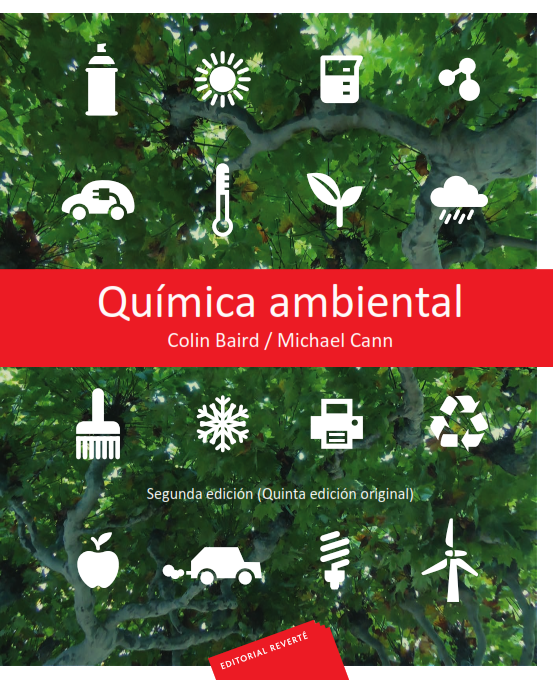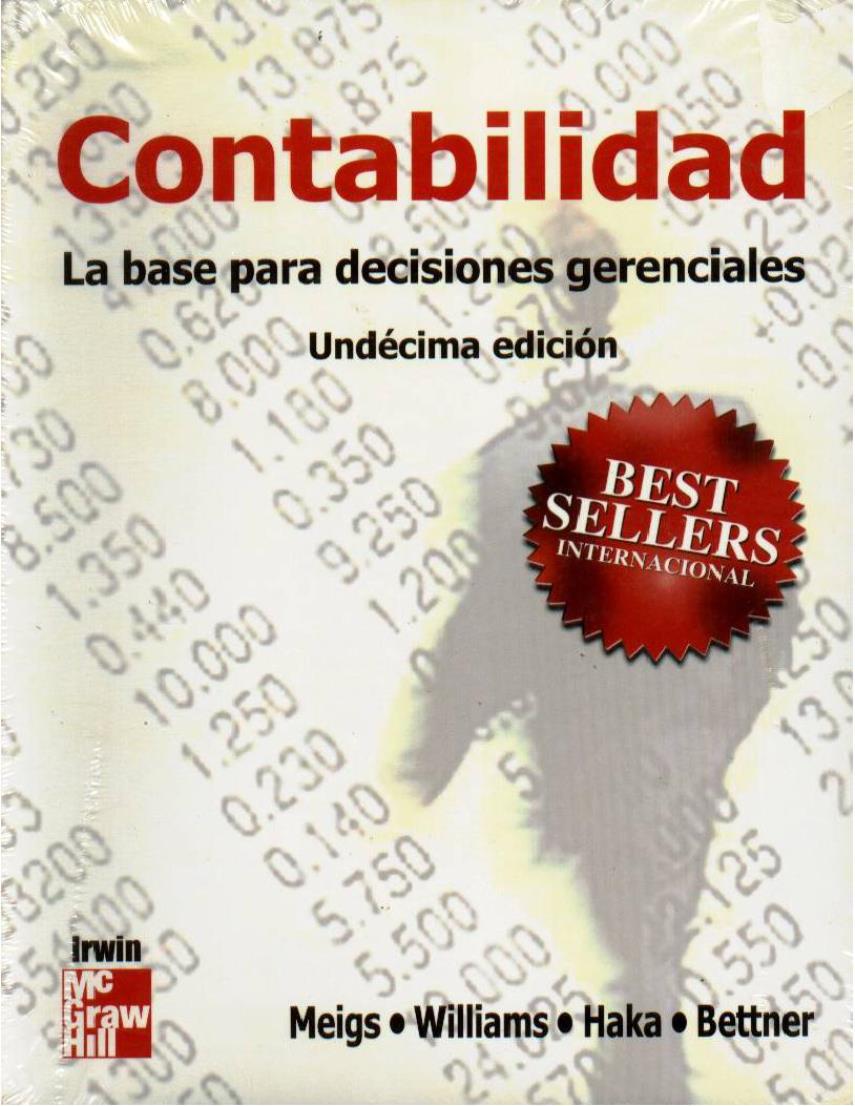


1995) as what is unknown cannot be protected. Inventorying is a fundamental tool for environmental management ( McNeely et al. An inventory lists, orders, catalogues, and quantifies ecoregions, ecosystems, and/or species ( Stork and Samways 1995, PNUD 2007). Regrettably, current conservation efforts usually start from incomplete biodiversity catalogues ( Scheffers et al. In this context, optimising conservation efforts requires accurately recording species and assessing where they live ( Costello et al. So much so that 25% of animals and plants species assessed by the International Union for Conservation of Nature ( IUCN) are threatened ( IPBES 2019). Recently, the IPBES Panel (Intergovernmental Science-Policy Platform on Biodiversity and Ecosystem Services) drew the world’s attention by confirming that human actions have raised -and accelerated- the global extinction rate of wild species at an unprecedented rate when compared to the last 10 million years. Additionally, it has been estimated that human activities have already led to the extinction of at least 680 species of vertebrates since 1500 ( IPBES 2019). In 2019, 59,284 species were estimated to have become extinct before and during the Holocene ( Roskov et al. The Catalogue of Life, which contains contributions from 172 taxonomic databases, estimates 2,260,074 species accepted or provisionally accepted in 2020 ( Roskov et al. Model-based projections have been performed, indicating that 24–31% marine and 21–29% terrestrial species remain to be discovered ( Costello et al. The most prudent estimates range from 5 to 50 million species, considering that published species are close to 1.9 million ( Chapman 2009). Nevertheless, most of the world´s biodiversity (as much as 80%) is still entirely unknown thus preventing proper estimates of the total number of species on Earth even to the nearest order of magnitude ( Wilson 2003, 2017). There are many estimates of the total number of species in the world, which oscillate by tens of millions ( Costello et al.


 0 kommentar(er)
0 kommentar(er)
